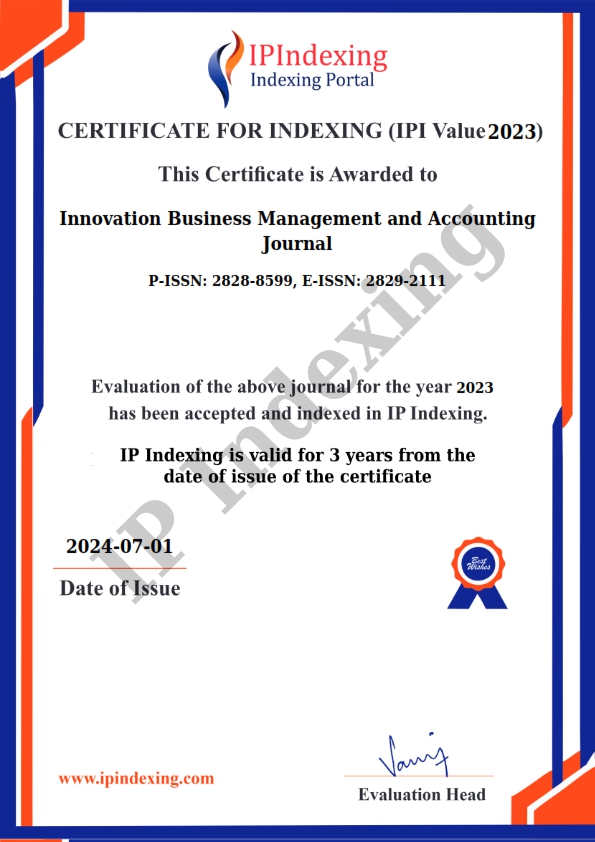Promoting Inclusion in Nepal: Case Studies of Children with Autism Spectrum Disorder and Down Syndrome in a Classroom Embracing Inclusive Education
DOI:
https://doi.org/10.56070/ibmaj.2025.022Keywords:
Adaptation, Collaboration, Engagement, Inclusion, TransformationAbstract
This study examined the case studies of children with autism spectrum disorder and down syndrome in an inclusive education classroom. The objectives of this study focus on lived experiences of children with autism spectrum disorder and down syndrome within an inclusive classroom. Drawing on the principles of inclusive education and the unique socio-cultural context of Nepal, the study examines the specific support strategies employed to facilitate their learning and participation. The study has been conducted through qualitative case study of two children, one with autism spectrum disorder and the other with Down syndrome, within an inclusive classroom in Bhaktapur, Nepal. Document review, observation guidelines and interview guidelines were used in this study. Semi-structured interviews were also conducted with teachers and specialists. The collected data is analyzed using thematic analysis, a systematic approach involving several key steps. The themes are reviewed and refined through discussion and comparison with the original data, ensuring they accurately reflect the collected information. This study finds the critical importance of individualized approaches, highlighting how visual supports, structured routines, and sensory regulation strategies significantly benefited the student with ASD. Conversely, the student with Down syndrome thrived in collaborative learning environments, underscoring the value of peer interaction and strengths-based pedagogy. The study emphasizes that successful inclusion in Nepal necessitates ongoing teacher training, collaborative partnerships between educators, families, and therapists, and a sustained commitment to dismantling barriers to create a truly inclusive learning environment where all children can thrive.
Downloads
References
Bolourian, Y., Losh, A., Hamsho, N., Eisenhower, A., & Blacher, J. (2021). General education teachers’ perceptions of autism, inclusive practices, and relationship building strategies. Journal of Autism and Developmental Disorders, 52(9), 3977–3990. https://doi.org/10.1007/s10803-021-05266-4
Crosland, K., & Dunlap, G. (2012). Effective strategies for the inclusion of children with autism in general education classrooms. Behavior Modification, 36(3), 251–269. https://doi.org/10.1177/0145445512442682
Eldar, E., Talmor, R., & Wolf‐Zukerman, T. (2009). Successes and difficulties in the individual inclusion of children with autism spectrum disorder (ASD) in the eyes of their coordinators. International Journal of Inclusive Education, 14(1), 97–114. https://doi.org/10.1080/13603110802504150
Engelbrecht, P., Nel, M., Smit, S., & Van Deventer, M. (2015). The idealism of education policies and the realities in schools: the implementation of inclusive education in South Africa. International Journal of Inclusive Education, 20(5), 520–535. https://doi.org/10.1080/13603116.2015.1095250
Helmer, J., Kasa, R., Somerton, M., Makoelle, T. M., & Hernández-Torrano, D. (2020). Planting the seeds for inclusive education: one resource centre at a time. International Journal of Inclusive Education, 27(5), 586–602. https://doi.org/10.1080/13603116.2020.1864791
Iovannone, R., Dunlap, G., Huber, H., & Kincaid, D. (2003). Effective educational practices for students with autism spectrum disorders. Focus on Autism and Other Developmental Disabilities, 18(3), 150–165. https://doi.org/10.1177/10883576030180030301
Leijen, Ä., Arcidiacono, F., & Baucal, A. (2021). The dilemma of inclusive education: inclusion for some or inclusion for all. Frontiers in Psychology, 12. https://doi.org/10.3389/fpsyg.2021.633066
Lindsay, S., Proulx, M., Thomson, N., & Scott, H. (2013). Educators’ Challenges of Including Children with Autism Spectrum Disorder in Mainstream Classrooms. International Journal of Disability Development and Education, 60(4), 347–362. https://doi.org/10.1080/1034912x.2013.846470
McCart, A. B., Sailor, W. S., Bezdek, J. M., & Satter, A. L. (2014). A framework for inclusive educational delivery systems. Inclusion, 2(4), 252–264. https://doi.org/10.1352/2326-6988-2.4.252
Mukhlis, A., Havida, B. K. N., & Nurani, A. A. (2023). Special Assistance Teachers learning strategies for slow learner students in inclusive elementary schools. Jurnal Inovasi Pendidikan Dan Pembelajaran Sekolah Dasar, 7(1), 158. https://doi.org/10.24036/jippsd.v7i1.122424
Osborne, L. A., & Reed, P. (2011). School factors associated with mainstream progress in secondary education for included pupils with autism spectrum disorders. Research in Autism Spectrum Disorders, 5(3), 1253–1263. https://doi.org/10.1016/j.rasd.2011.01.016
Peter, M. N., & Nderitu, M. N. (2014). Perceptions of teachers and head teachers on the effectiveness of inclusive education in public primary schools in Yatta Division Machakos County. Journal of Educational and Social Research. https://doi.org/10.5901/jesr.2014.v4n1p91
Roberts, J., & Webster, A. (2020). Including students with autism in schools: a whole school approach to improve outcomes for students with autism. International Journal of Inclusive Education, 26(7), 701–718. https://doi.org/10.1080/13603116.2020.1712622
Downloads
Published
How to Cite
Issue
Section
License
Copyright (c) 2025 Rabindra Shiwakoti, Nisha Pradhananga, Bishna Acharya

This work is licensed under a Creative Commons Attribution-ShareAlike 4.0 International License.



